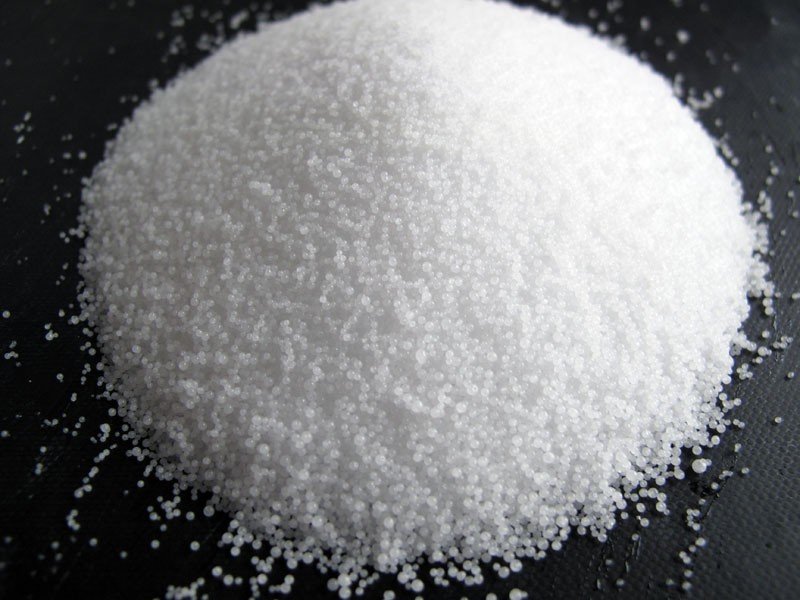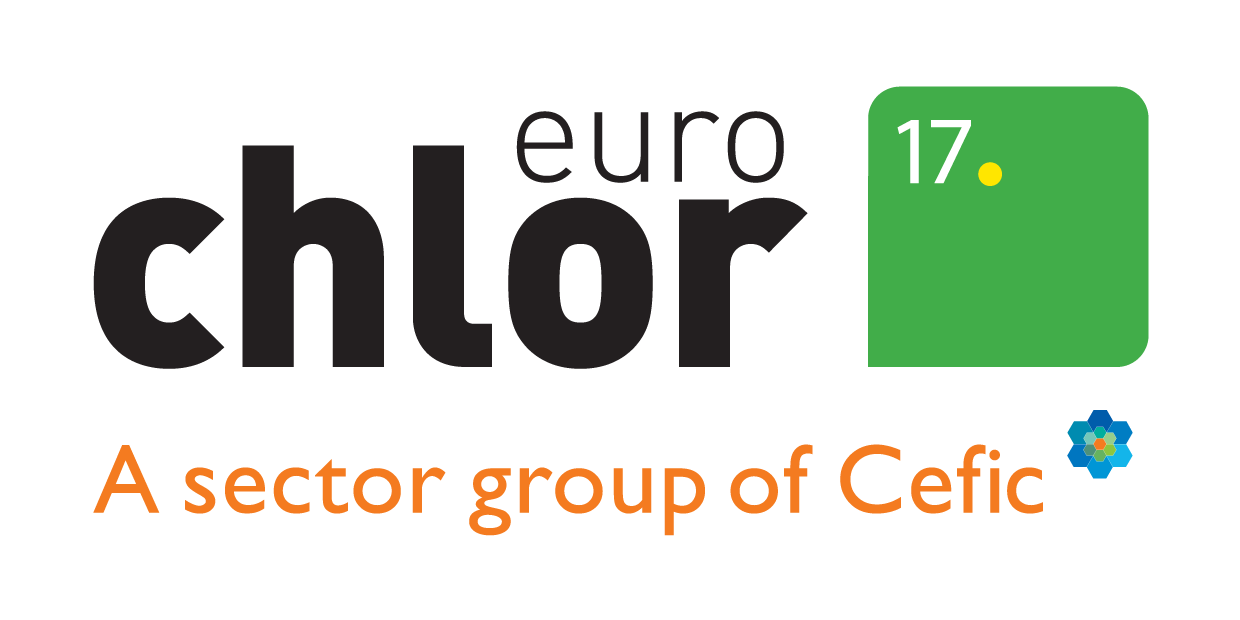c
In a chlorine production unit, they start with water and add salt to it. Salt from the salt mines, sometimes also salt obtained by evaporation of sea and salt lake water. So we make brine.
The laws of physico-chemics tell us that if you put electricity (= electrons) through this brine under controlled circumstances, an electrochemical reaction takes place. We call this reaction electrolysis. The salt (which is sodiumchloride) and the water molecules are recombined into three products: chlorine gas (Cl2), caustic soda (NaOH or sodium hydroxide) and hydrogen gas (H2)
It is clear that the cost of electricity will be a very important factor in the total cost of chlorine: energy cost adds up to around 50% of total production cost!
All three obtained substances are highly reactive, and technologies have been developed to separate them and keep them apart.
Caustic soda is an alkali and widely-used in many industries, including the food industry, textile production, soap and other cleaning agents, water treatment and effluent control.
Hydrogen is a combustible gas used in various processes including the production of hydrogen peroxide and ammonia as well as the removal of sulphur from petroleum derivatives.
Read more
- Read about the three different technologies to produce chlorine
- See the uses of caustic soda page on the Euro Chlor website
- Watch an animation on how to produce chlorine in your own kitchen!

